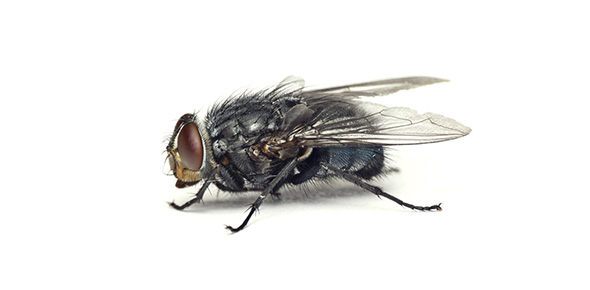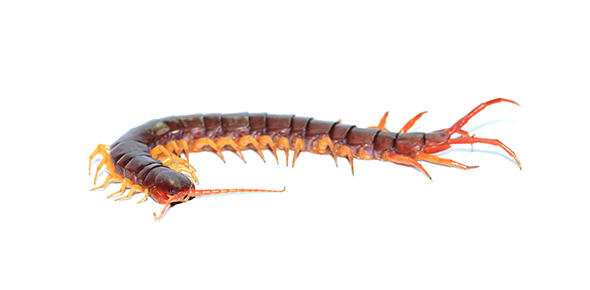Related Flashcards
Cards In This Set
| Front | Back |
|
Frog Heart= Amphibian Heart Characteristics
|
1. three main chambers
2. two atria 3. one ventricle |
|
Right Atrium Blood Circulation
|
It receives desoxygenated blood from sinus venosus which receives blood from systemic circulation via vena cavae
|
|
Blood Circulation Steps: Breathing Air (Frog)
|
1. Right Atrium: it receives desoxygenated blood from sinus venosus which receives blood from systemic circulation via vena cavae
2. Left Atrium: receives oxygenated blood from the lungs via pulmonary veins 3. oxygenated and desoxygenated blood are initially separate then blood flows to large muscle ventricle 4. ventricle pumps blood to large vessel, the conus arteriosus which directs the blood under high pressure into the ventral aortae and through both the pulmonary and systemic systems. |
|
Left Atrium
|
Receives oxygenated blood from the lungs via pulmonary veins
|
|
Underwater (frog) Blood Circulation
|
-underwater lungs are non functional
-each pulmocutaneous arch separates into a pulmonary artery (to the lung) and a cutaneous artery (to the skin) -when frog is submerged: sphincter at base of the pulmonary artery contracts causing a decrease in blood flow to the lungs and an increase in blood flow to skin -cutaneous respiration supports the body's need for O2 |
|
Lungs
|
Waste products are filtered into the lungs to be exhaled, and
oxygen is filtered from the lungs into the blood, to be carried back
|
|
Frog Breathing during Development
|
1. Tadpole : breathing through skin
2. Metamorphosis: breathing w/ gills 3. Frog: breathing with lungs |
|
Spiral Valve Role/Action (frog)
|
==> prevents blood from mixing too much
-lungs receive desoxygenated blood -systemic arch (to the trunk/rest of the body) receives both -oxygenated and desoxygenated blood carotid arch (to the head) receives primarily oxygenated blood |
|
Sinus Venosus Role
|
Responsible for contraction of atria
|
|
Frogs=Ectotherms
|
Temperature of air or water increases
- - -> physiological processes accelerate |
|
Qx/Q10
|
-relationship between temperature and physiological rates is measured by Qx.
Q10= rate at temp (T+10o)/ rate at temp. (To) ==> it describes the factor by which the the rate increases when the temperature is increased by 10o |
|
Pericardium
|
Sac covering heart
|
|
Peritoneum
|
Supports and connects internal organs
|
|
Vocal Sac
|
Amplify male's call
|
|
Nuptial Pads
|
- male characteristic
- help grasp and hold female for mating |





